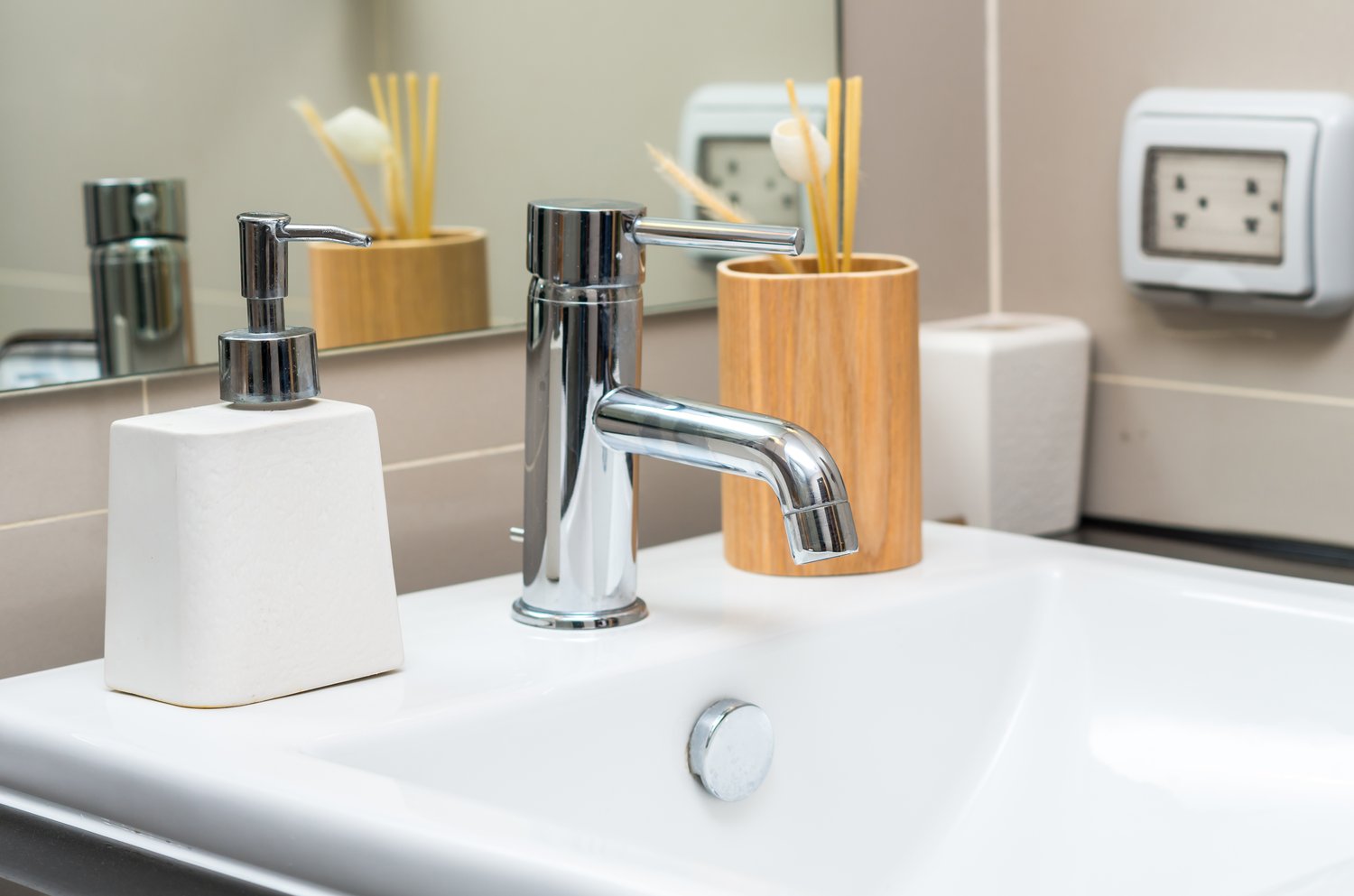Understanding bathroom faucet types
Bathroom faucets come in various styles and designs. Single-handle faucets are popular for their simplicity and ease of use. Double-handle faucets offer separate controls for hot and cold water. Wall-mounted faucets provide a sleek, modern look. Bathroom equipment includes these essential fixtures that contribute to both functionality and aesthetics. When selecting faucets, consider the overall design of your bathroom and your personal preferences.
Centerset faucets are common in many homes, featuring a spout and handles on a single base. Widespread faucets have separate pieces for the spout and handles, allowing for more customization. Vessel faucets are designed for use with above-counter sinks. Bathroom faucets come in various finishes, including chrome, brushed nickel, and oil-rubbed bronze.
The average lifespan of a bathroom faucet is 15-20 years. However, proper maintenance can extend this significantly. Regular cleaning and prompt repair of leaks can help preserve your faucet’s functionality. Consider the water pressure in your home when choosing a faucet, as some models perform better with specific pressure ranges.
Water-saving faucets can reduce water consumption by up to 30%. These eco-friendly options maintain performance while conserving resources. Some faucets feature built-in aerators that mix air with water, creating a fuller stream with less water usage. Consider these options if you’re looking to reduce your environmental impact and lower water bills.
Selecting the right shower faucets
Shower faucets are crucial components of any bathroom. They come in various configurations, including single-handle, dual-handle, and thermostatic models. Single-handle shower faucets are easy to use and maintain. Dual-handle options offer precise temperature control. Thermostatic shower faucets maintain a consistent water temperature, enhancing comfort and safety.
When choosing shower faucets, consider the existing plumbing in your bathroom. Some models may require specific valve systems. The average flow rate for shower faucets is 2.1 gallons per minute. However, low-flow options can reduce this to 1.5 gallons per minute or less. Shower faucets with adjustable spray patterns offer versatility for different preferences.
Diverter valves are essential components in shower systems with multiple outlets. They allow you to switch between showerhead, handheld sprayer, or body jets. Some high-end shower faucets incorporate digital controls for precise temperature and flow adjustments. These systems can remember user preferences and offer customized shower experiences.
Consider the installation process when selecting shower faucets. Some models are designed for easy DIY installation, while others may require professional help. Shower faucets with pressure-balancing valves prevent sudden temperature changes when other fixtures are used. This feature enhances safety, especially for households with children or elderly members.
Choosing the perfect standing washbasin faucets
Bathroom equipment includes essential items like standing washbasin faucets. These fixtures are designed for use with above-counter or vessel sinks. They come in various heights to accommodate different sink designs. The standard height for a standing washbasin faucet is between 12 and 16 inches. However, taller options are available for deeper sinks or specific design preferences.
When selecting standing washbasin faucets, consider the sink’s dimensions and mounting holes. Some faucets require a single hole, while others need three. The spout reach is an important factor, typically ranging from 4 to 8 inches. Ensure the water stream aligns properly with your sink to prevent splashing. Standing washbasin faucets often feature ceramic disc valves, which are durable and resistant to leaks.
Touch-activated and motion-sensor faucets are gaining popularity in modern bathrooms. These hands-free options enhance hygiene and convenience. Some models incorporate LED lights that change color based on water temperature, adding both functionality and visual appeal. Consider these advanced features if you’re looking to upgrade your bathroom with smart technology.
The installation of standing washbasin faucets typically takes 1-2 hours for a professional plumber. However, many homeowners choose to install these fixtures themselves. When selecting a faucet, ensure it’s compatible with your water pressure. Most residential systems operate between 40 and 80 PSI. Choose a faucet that performs well within this range for optimal functionality.





